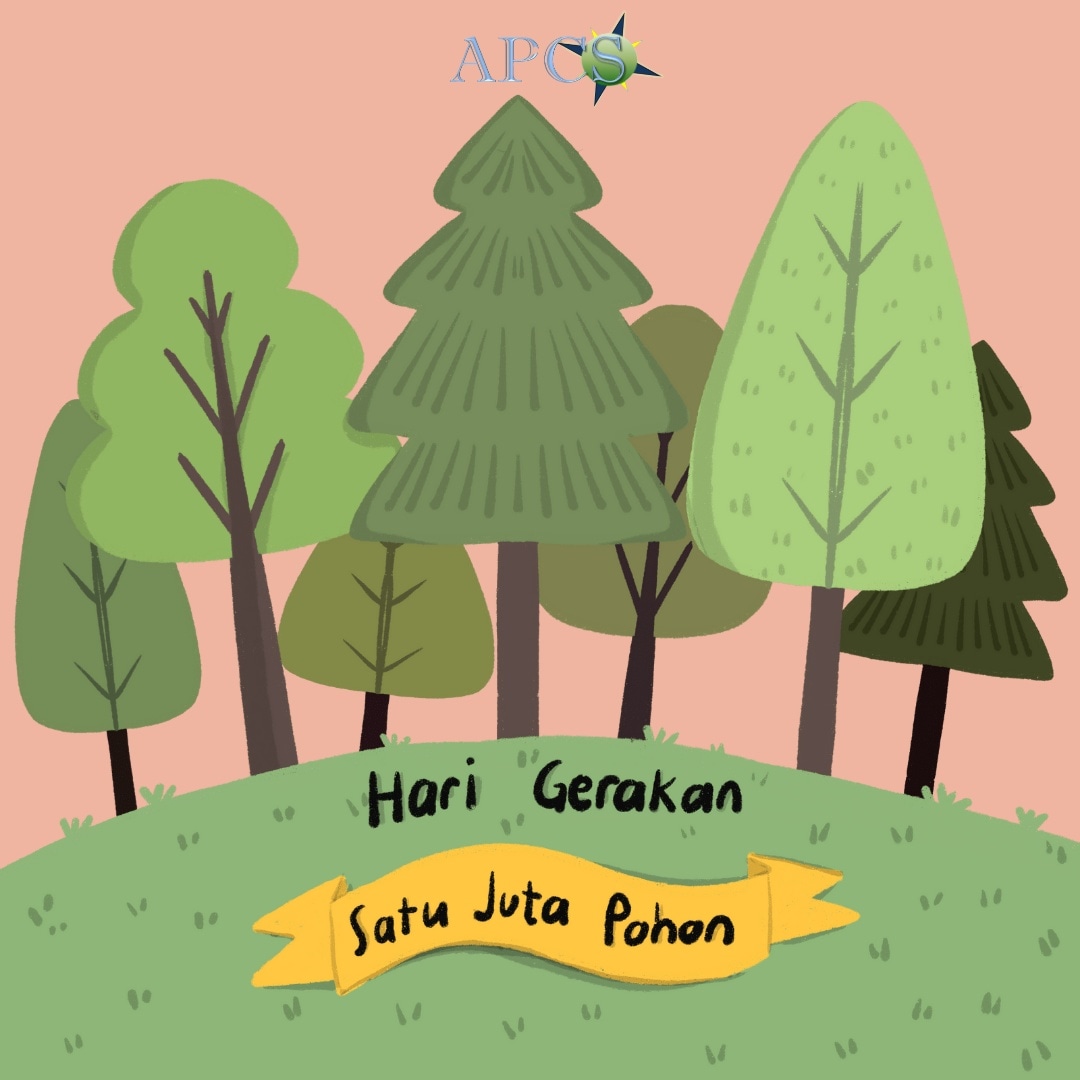
The Famous Kapok Tree from Indonesia

The scientific named Ceiba pentandra tree is from America. In Indonesia, this tree is grown as a producer of kapok. Kapok is used for filler pillows and mattresses.
Morphology
Randu or kapuk (Ceiba pentandra L.) is a tropical tree that is widely grown in Asia. Kapok is a tree that aborted flowers with a tree height of 8-30 m and can have a tree trunk large enough to reach 3 m diameter. In the trunk there are large conical spikes that are cone-shaped. The leaves are long-stemmed and spelled out 5-9. Flowers accumulate in the armpits of leaves that have fallen (near the tip of the branch). Petals bell-shaped, notched short with 1-2 cm high. The crown of oval crown is inverted and elongated with a length of 2.5-4 cm. 5 threads, united into a short tube shape, and have a twisted head of the cider. Will bear fruit 5 with a fairly large seeds. The kapok tree has an elongated shape of 7.5-15 cm long, hanging, hard and green when it is young and brown when it is old. In the fruit there are seeds surrounded by fine feathers, yellowish fiber which is a mixture of lignin and cellulose. The shape of the seeds round, small, and black (Setiadi, 1983).
Classification
Scientific classification of herbs (Ceiba pentandra L.) based on its taxonomy (Lanting and Palaypoyan, 2002):
Kingdom : Plantae
Division : Magnoliophyta
Subdivision : Spermatophyta
Class : Magnoliopsida Order: Malvales
Family : Malvaceae Genus: Ceiba
Species : Ceiba pentandra L.
Other News
-
 APCS Social Support Action; The Beauty of Sharing
APCS Social Support Action; The Beauty of Sharing
-
 How Can We Protect This Earth
How Can We Protect This Earth
-
 A Million Tree International Day
A Million Tree International Day
-
APCS's 10th Anniversary Celebration
-
 Benefits of Wetlands for Human Life
Benefits of Wetlands for Human Life
-
 Water and Their
Water and Their
-
 Virtual Office Saving The Environment and Business Cost
Virtual Office Saving The Environment and Business Cost
-
 Plastic Pollution
Plastic Pollution
-
 INTERNATIONAL FOREST DAY: A MOMENTUM FOR FOREST FUNCTIONS
INTERNATIONAL FOREST DAY: A MOMENTUM FOR FOREST FUNCTIONS
-
 MANGROVE FOREST EXSISTENCE
MANGROVE FOREST EXSISTENCE
-
 YONGKI IKHTIYANTO AS MANAGING DIRECTOR APCS
YONGKI IKHTIYANTO AS MANAGING DIRECTOR APCS
-
 PT. PANDU MAHA WANA (ASIA PACIFIC CONSULTING SOLUTIONS) AS A NEW MEMBER OF FSC®
PT. PANDU MAHA WANA (ASIA PACIFIC CONSULTING SOLUTIONS) AS A NEW MEMBER OF FSC®
-
 Welcoming FSC® Asia Pacific Policy Manager To Be Located In Indonesia
Welcoming FSC® Asia Pacific Policy Manager To Be Located In Indonesia
-
 Regional Consultation for Asia-Pacific: Guidelines for the Sustainable Management of Production Forests in Tropical Countries through Forest Concessions in the Context of Agenda 2030
Regional Consultation for Asia-Pacific: Guidelines for the Sustainable Management of Production Forests in Tropical Countries through Forest Concessions in the Context of Agenda 2030
-
 FRESH AIR BECOME MORE “EXPENSIVE†BECAUSE OF CARBON, WHY?
FRESH AIR BECOME MORE “EXPENSIVE†BECAUSE OF CARBON, WHY?
-
 Premier Asian Event for Pulp, Paper, Board, Packaging, Print and Corrugated Industries 2016
Premier Asian Event for Pulp, Paper, Board, Packaging, Print and Corrugated Industries 2016
-
 Asia-Pacific Forestry Week (APFW) 2016
Asia-Pacific Forestry Week (APFW) 2016
-
 APHI- TBI International Trade Event 2016 “Indonesian Tropical Hardwood – Sustainable, Quality, Guaranteed “
APHI- TBI International Trade Event 2016 “Indonesian Tropical Hardwood – Sustainable, Quality, Guaranteed “
-
 APCS Celebrates 5 Year Anniversary!
APCS Celebrates 5 Year Anniversary!
-
 Fight Peat Fire With Peat FireX
Fight Peat Fire With Peat FireX
-
 FSC certification yields financial benefits for tropical forest businesses, shows new WWF report
FSC certification yields financial benefits for tropical forest businesses, shows new WWF report
-
 Peat Destruction, Soil Subsidence and Flooding in South East Asia
Peat Destruction, Soil Subsidence and Flooding in South East Asia
-
 APCS experienced the adventure!
APCS experienced the adventure!
-
 Rimba Raya Conservation Audit 2015
Rimba Raya Conservation Audit 2015
-
 Recent News - January 2015
Recent News - January 2015
-
 APCS's High Conservation Value Identification for APP: World's Largest and Most Complex Assessment
APCS's High Conservation Value Identification for APP: World's Largest and Most Complex Assessment